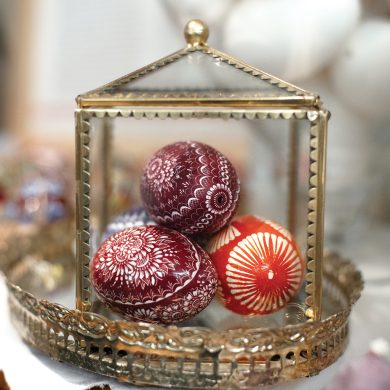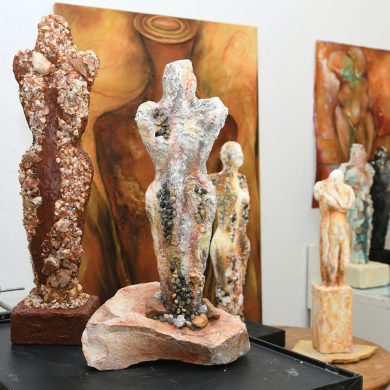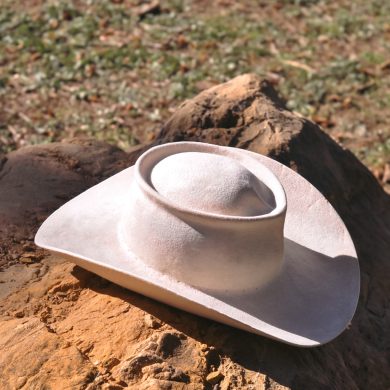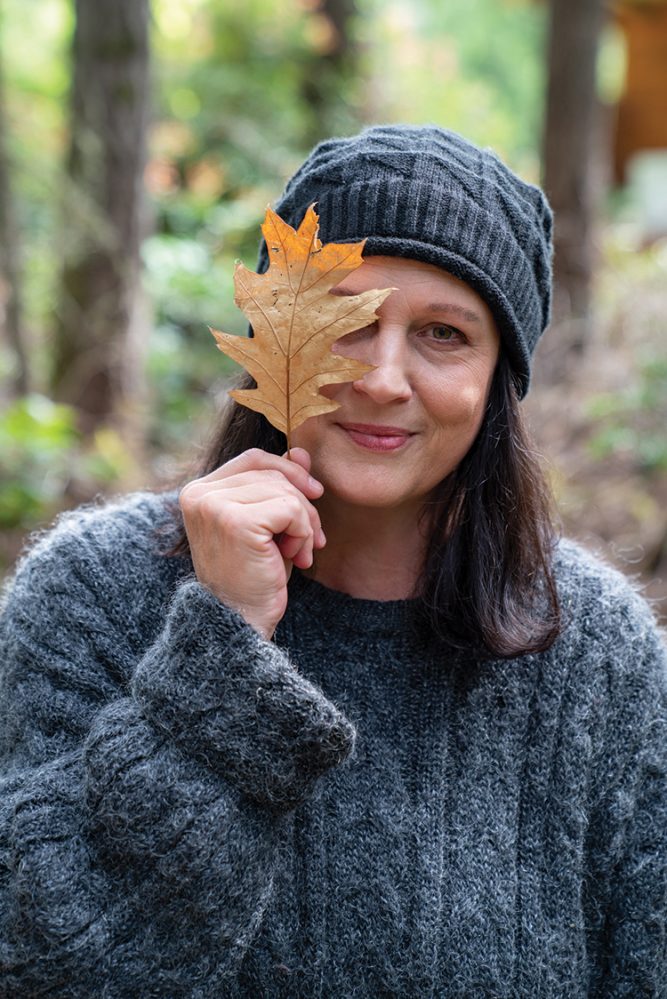
Feral at Heart
My journey began on a little sleepy island in the Puget Sound, Fox Island, Washington. At that time, it was considered in the middle of nowhere. Growing up during the era of ‘post cards and payphones’, there was no cable, or light and sound pollution. I was an only child but far from lonely and far from bored. I had my dogs and horses, the abundant native flora and fauna, many trees to climb and an entire island to freely explore. This was a paradise for a tomboy, and my natural classroom. I was a champion at keeping myself entertained.
It looks like you’re out of free articles.
Become a Women Create member to read this full article.
Already a member? Sign in
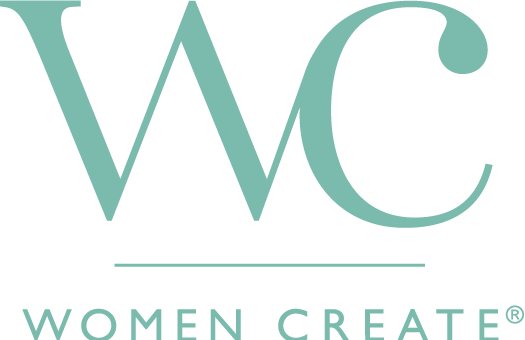
Monthly Membership
- Unlimited access to the Women Create website
- Monthly Maker Moments livestreams, members-only newsletters and more

Annual Memberships
- Unlimited access to the Women Create website
- Print and digital subscriptions of WHAT Women Create magazine, WHERE Women Create magazine, or both
- Monthly Maker Moments livestreams, members-only newsletters and more

